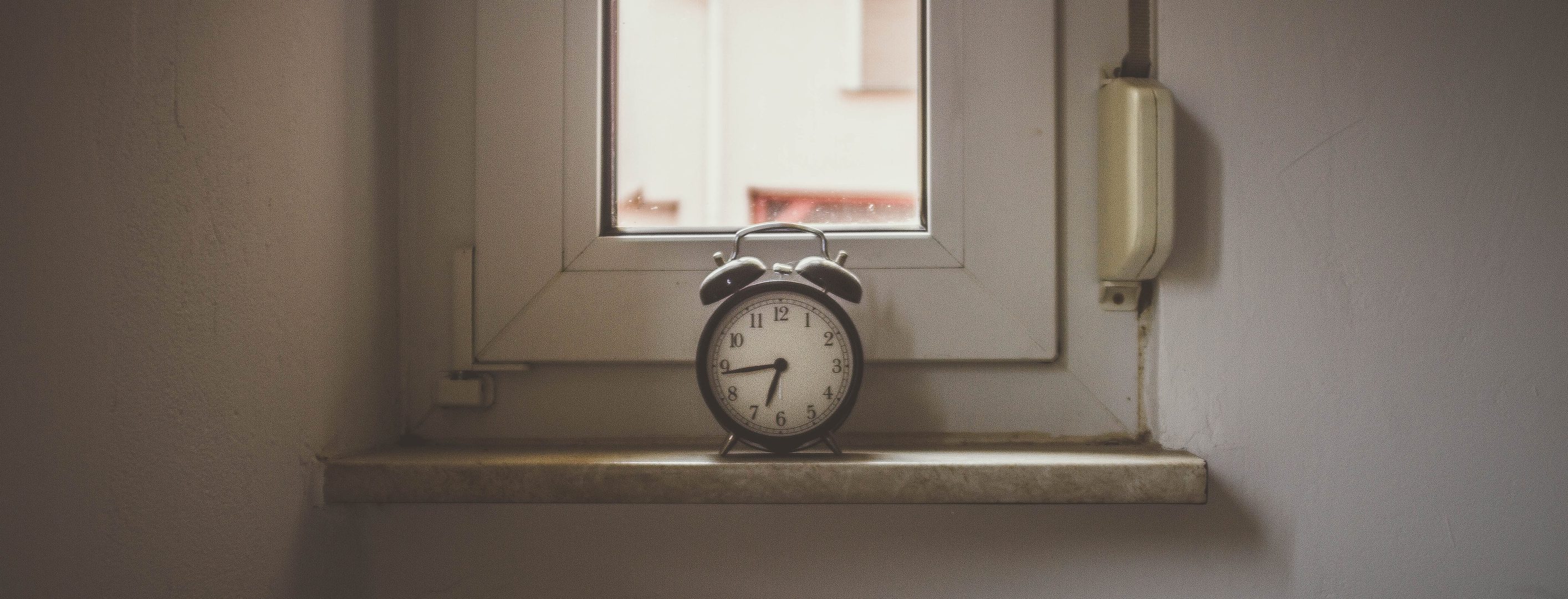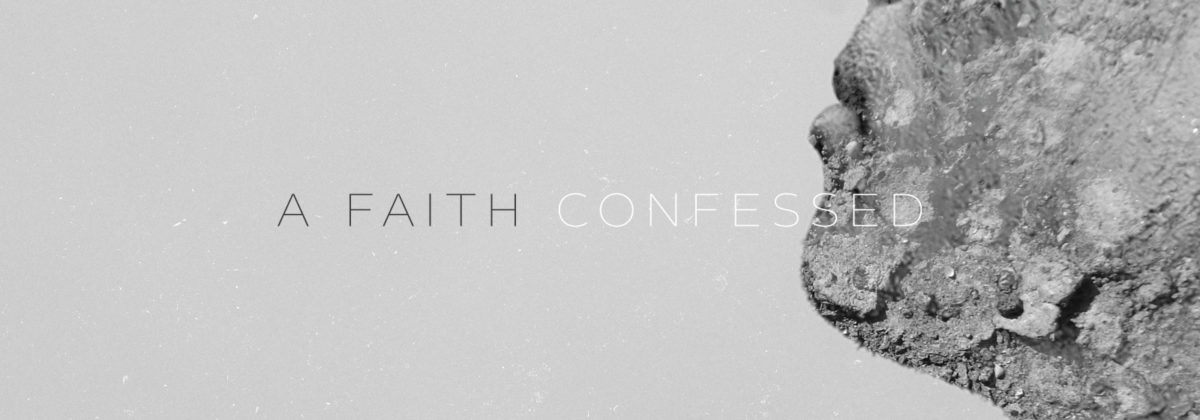I have a friend who prays quite differently than I do. I remember a very specific occasion when we first prayed together. It wasn’t her words that took me aback, although they were different than mine; it was her posture. We were in a small group, and when it came time to pray she got off the couch and found a space on the floor. There she knelt, with her face pressed against the ground, and began to pray.
I had a tough time with the posture she took. It offended my senses. It seemed all too pious and smacked of religiosity. I actually felt superior for a moment, and quite judgmental. “Clearly she doesn’t understand the Father’s heart,” I muttered in my cynicism.
My surprise at her posture made me more conscious of my own. I remained seated when I prayed that day. I sometimes closed my eyes, sometimes kept them open. I clasped and unclasped my hands. Generally, I took a more relaxed posture. I felt the freedom to just be myself, and to approach God as I was.
Yet here’s what I realized: our bodies speak just as loudly as our words. My friend and I assumed radically different poses with our bodies, and both signified something greater than the positions alone.
I took a more casual position because I felt like I could enter into the presence of God at any time with boldness and confidence because Jesus has made a way. I wasn’t wrong. But I was arrogantly mistaken in my presumptuous attitude towards my friend. It turns out she felt her posture anchored her in a place of humility. Curling up on the floor with her face pressed against the floorboards helped her remember that she needed to reverently come into the presence of a Holy God. She wasn’t wrong in her approach either.
Our different postures for prayer highlighted different aspects of God’s character.
This got me thinking about what we do with our bodies in worship.
What we do with our bodies matters.
We do not worship God as disembodied souls, but as whole people — mind, souls, bodies all combined. We need our bodies to worship God: to speak, to sing, to engage. This seems an obvious point, but I think it’s easily overlooked. We take it so much for granted that we aren’t always intentional about how we engage our bodies in worship.
Think about some of the actions of a typical contemporary worship service. You will shuffle your feet into the sanctuary. You’ll make notes with your vocal chords as you sing songs, using your tongue, passing air through your throat, mouth and lips. If you’re feeling particularly “led by the Spirit” you will lift your arms, raise your hands, open your chest and lift your face to God as you worship. Sometimes tears may even appear, or a smile may crack. At some point you’ll welcome others, shaking hands, making physical contact as well as eye-contact. You will sit on your rear, and listen with your ears to announcements. When you listen to a sermon, your brain engages, your emotions stir, and your intellect clues
We do not worship God as disembodied souls, but as whole people — mind, souls, bodies all combined.
What do many of these actions tell us? What meaning is found in our standing and our sitting, our singing and our listening? Can the actions of our bodies help incline us towards God?
From an Anglican perspective, the physical body is intentionally involved in worship. In addition to standing, sitting, listening, and singing, we throw a few other actions into the mix. We put the weight of our bodies on our knees when we confess our sins. We lower ourselves to remember, like my friend does, that we must come contritely before our Holy Father.
After hearing comforting words from Christ about our forgiveness, we stand knowing that it is God who lifts us up. When Scripture is read, as an act of reverence, and as way to focus, we keep our bodies still and engage our ears. After the Scripture reading we rise to our feet as one to say together the Apostles’ Creed, one of my favourite parts of the service. It’s like reciting a national anthem.
We even attempt to move our mouths together in unison, many bodies as one Body. Most of all, think of communion! We feel the texture of the bread in our hands, we taste it as we chew, smell the aroma of the wine as we sip, and feel its warmth down our throats and into our stomachs. Our bodies receive his body in a very tangible way.
The more I am intentional with how I involve my body in worship, the more I find my soul following suit.
As I saw my friend deliberately changing her posture to approach God, something eventually clicked for me: Sometimes we just need to get our bodies in the right place or the right posture for our hearts to follow. I’ve come to see that there are many postures I can take in worship. And there are many physical actions I can take in order to connect with God. I have even found my face pressed against my dusty floor on occasion.
We should intentionally engage our bodies in worship. God wants us to use our bodies! Our senses, our bodies, and our movements help us to engage tangibly with spiritual realities. We should make sure the way we worship with our bodies is not just passive and mindless. We should strive to be active participants in God’s great story. God has given us many ways to engage him with every single fibre and molecule of our being.
I think this is why Paul says: “I appeal to you therefore, brothers, by the mercies of God, to present your bodies as a living sacrifice, holy and acceptable to God, which is your spiritual worship” (Romans 12:1). A professor of mine once quipped, “Do you know what the problem is with living sacrifices? They keep crawling off the altar.” It’s painfully true. Therefore, let’s remember that what we do with our bodies can impact what we do with our minds — let’s find postures that help us present ourselves to God to be living sacrifices.




